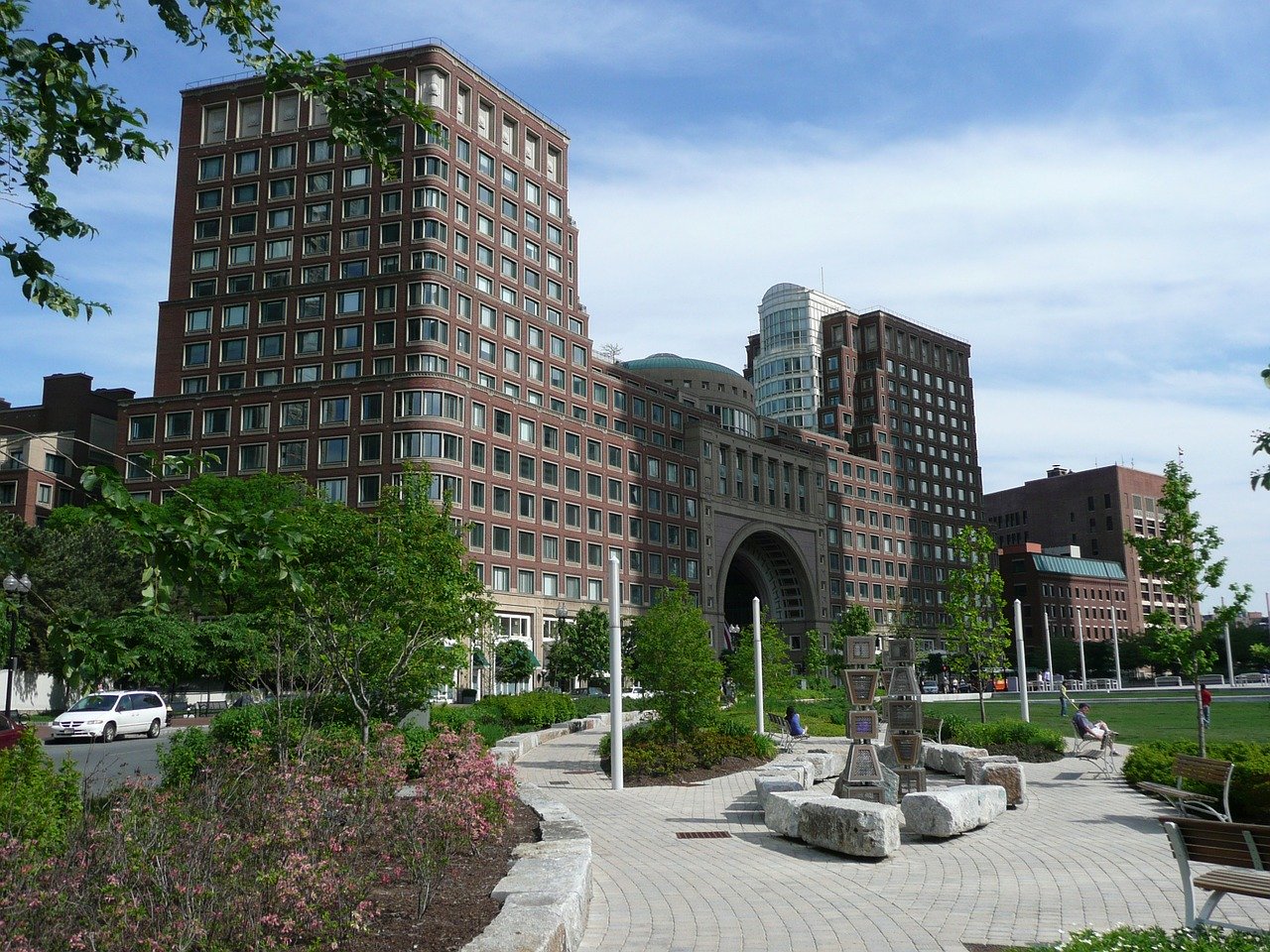
In a significant shift, US prices took a downward turn in November, marking the first decline in over three and a half years. This decline further lowered the annual inflation rate to below 3%,
sparking expectations within financial markets of an interest rate reduction from the Federal Reserve in March.
The Commerce Department's recent report not only showcased a drop in prices but also highlighted a continuous easing of underlying inflation pressures. This decline in inflation has left households with more disposable income, bolstering consumer spending and providing a positive momentum for the overall economy as the year draws to a close.
This data serves as yet another testament to the resilience of the ongoing economic expansion, a phenomenon attributed to a robust labor market. The economy's sustained growth has defied earlier predictions of a recession from economists and certain business leaders dating back to late 2022.
Senior economist Sal Guatieri from BMO Capital Markets in Toronto expressed, "(Fed) Chair (Jerome) Powell couldn't have asked for a better present this year... The outcome seems more favorable than anticipated by the Fed or most observers at the beginning of the year. While the Fed won't hastily cut rates, it seems to be only a matter of time."
The report indicated a 0.1% decrease in the Personal Consumption Expenditures (PCE) price index in November, marking the first monthly decline since April 2020. Factors contributing to this included a 0.1% dip in food prices and a substantial 2.7% drop in energy prices. Over the 12 months leading to November, the PCE price index rose by 2.6%, a decrease from October's 2.9%, marking a drop below the 3% threshold.
The Core PCE price index, excluding volatile food and energy components, reflected a 0.1% increase in November, aligning with October's growth. The year-on-year increase of the core PCE price index slowed to 3.2%, the smallest rise since April 2021, following a 3.4% increase in October.
Economists suggest that sustained monthly inflation rates of 0.2% are necessary to steer inflation back to the Fed's 2% target. Reflecting this data, financial markets have indicated a roughly 75% likelihood of a rate cut during the Fed's March 19-20 policy meeting, according to CME Group's FedWatch Tool.
The declining inflation trend is fostering a more optimistic outlook among Americans, as showcased in a separate report from the University of Michigan, revealing a significant surge in consumer sentiment in December, reversing a four-month decline.
President Joe Biden, whose approval ratings have suffered due to concerns about the high cost of living, welcomed the news, stating, "This reflects the hard work we did together to fix our supply chains and the surge of Americans into the workforce. It's remarkable progress."
While the Fed maintained steady rates recently and projected a conclusion to the historic tightening of monetary policy with possible lower borrowing costs in 2024, the tight labor market led to a 0.6% increase in wages last month. This increase offset declines in government aid, contributing to a 0.4% rise in personal income.
The rise in disposable income (after accounting for inflation and taxes) by 0.4% has positively influenced spending habits. Consumer spending, constituting over two-thirds of US economic activity, saw a 0.2% increase in November after a 0.1% rise in October. Adjusted for inflation, overall consumer spending rose by 0.3%, indicating a pickup in real consumer spending.
This momentum in consumer spending, alongside other indicators such as housing starts, building permits, and a surge in durable goods orders by 5.4% in November (rebounding from October's 5.1% decline), suggests the economy is gaining momentum after a perceived slowdown at the start of the fourth quarter.
However, amidst positive signs, a report from the Census Bureau showed a sharp 12.2% decline in new home sales in November, hitting a one-year low. This drop is likely temporary, attributed to a shortage of existing homes in the market. The ongoing decline in mortgage rates from 23-year highs should support new home sales.
Estimates for fourth-quarter GDP growth range from 1.1% to 2.8%, following a robust 4.9% growth rate in the third quarter. Chief economist Gus Faucher from PNC Financial in Pittsburgh, Pennsylvania, noted, "The US economy is poised well for the start of 2024. No recession expected." Photo by Milad Mosapoor, Wikimedia commons.











































